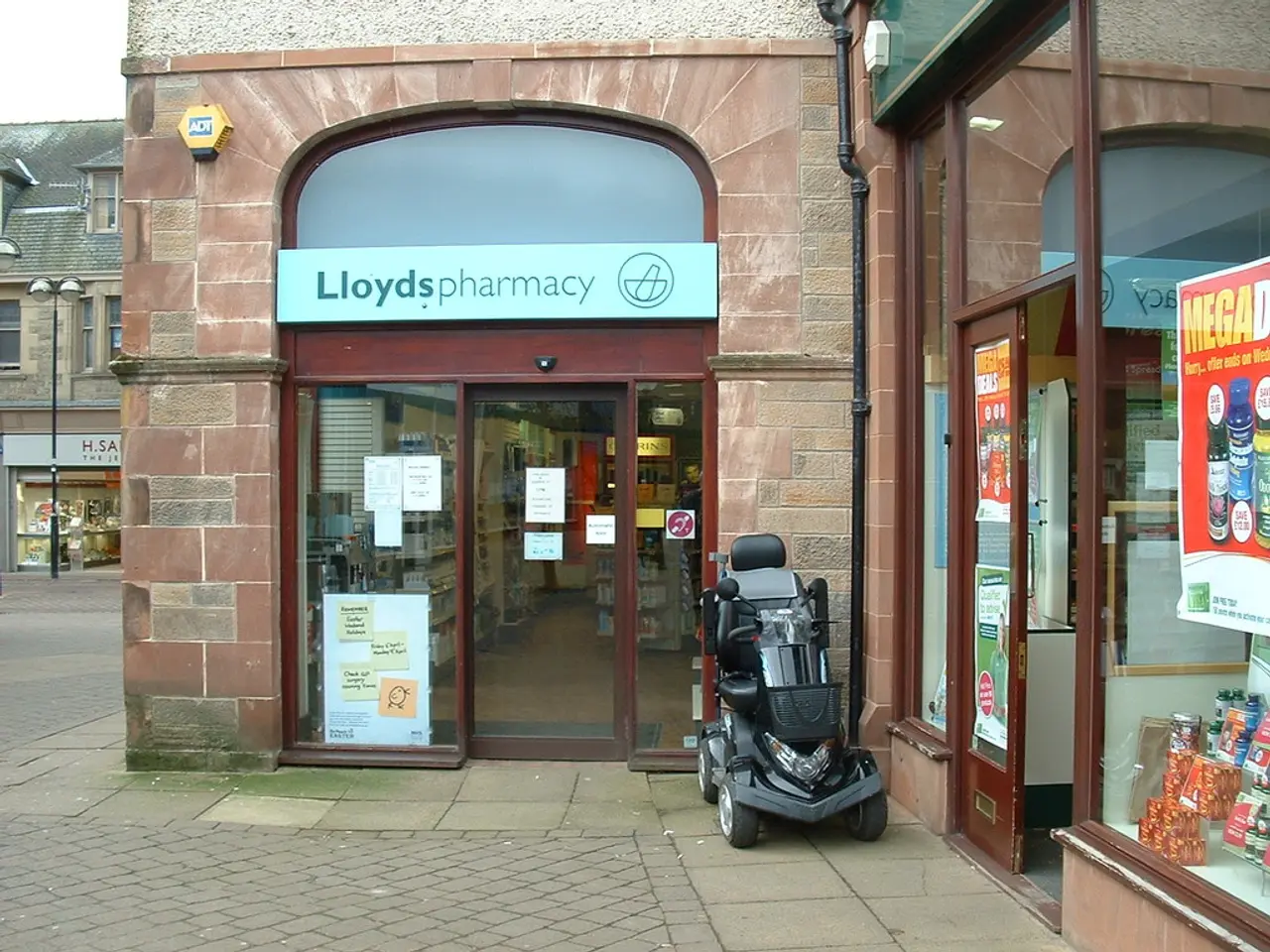Struggling Market Position Leads to Rite Aid's Downgrade
Rite Aid Faces Challenges Amidst Intense Competition
Rite Aid, the American drugstore chain, has reported a decline in its second-quarter sales, marking a 1.8% decrease compared to the same period last year. This follows a trend of falling sales in the first quarter as well, with retail operations under pressure as first-half sales were down 1.1%.
The company's Q2 sales slump is not the only challenge it is facing. Competition in the drugstore retail space is intensifying, with larger competitors like CVS and Walgreens enlarging themselves through acquisitions and partnerships.
In 2018, CVS acquired Aetna, a health insurance company, and formed partnerships with health tech companies like Epic Systems. Walgreens, on the other hand, acquired the remaining stake in Alliance Healthcare in 2016 and partnered with VillageMD to expand primary care services.
These moves have put Rite Aid at a structural disadvantage, with regional concentration but a lack of national scale. Moody's Vice President Mickey Chadha considered the job cuts necessary due to this intense competition. Rite Aid made job cuts earlier this year to save $55 million annually.
Despite these challenges, Rite Aid has strong liquidity with more than $1 billion and a stable outlook, according to Fitch. The company's pharmacy benefits manager business is also stable, providing a steady source of revenue.
Rite Aid's CEO, Heyward Donigan, has expressed urgency over the retailer's strategic direction. The company's new strategic plan is due out in the coming months, and analysts have heightened questions regarding Rite Aid's longer-term market position and the sustainability of its capital structure.
Amazon, the tech giant, is also a potential future threat in the drugstore retail space. However, Rite Aid has a good real estate position in local markets, which could potentially be leveraged to compete effectively.
Rite Aid managed to reduce its cost of sales by around $40 million and administrative expenses by nearly $20 million in Q2. Despite the interest expenses of $60.1 million, the company's long-term debt is $3.8 billion. Rite Aid has nearly four years until major debt maturities.
Fitch downgraded Rite Aid's long-term default rating to B- due to continued operational challenges. However, the rating agency maintains a stable outlook for the company.
As Rite Aid moves forward, it will need to navigate these challenges and implement its new strategic plan effectively to secure its position in the competitive drugstore retail market.
Read also:
- Upcoming iPhone Model: What We Understand Thus Far
- Diversity Among Varieties of Green: Each one has its uniqueness
- Top Trends: TheCompilation of Up-to-date Information in the World of Data News
- Renowned reproductive medicine expert, Dr. Nirmala Sadasivam, honored with the distinguished Dronacharya Award for dedicating 36 years of her career.








